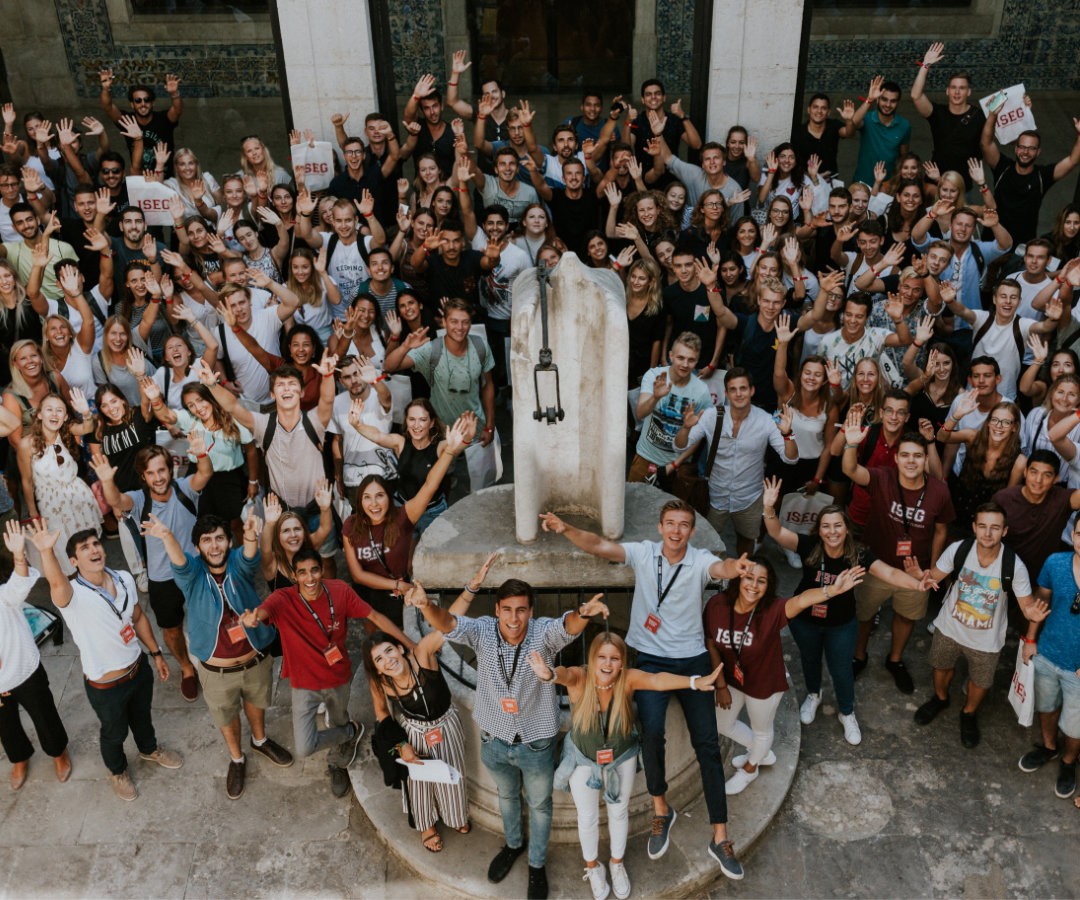Aluno: Diogo De SÃo BrÁs SimÃo
Resumo
The growth registered in the meat industry has presented some challenges. The
price component, while revealing market trends, can be affected by external factors that
cause fluctuations in other types of meat. The dissertation focused on an analysis over the
period 1990-2022 of the evolution assumed by meat prices and for its different types:
poultry, pig, bovine and ovine. A series of causes justified the oscillating behaviour of
prices since the financial crisis of 2007-2008, the rise in the price of grains (a central
element in animal feed) or government policies that restricted trade between countries.
Projections were made for 5 years using different models, in order to determine which
one had a better performance for predicting the meat price index. The comparison of the
Prophet, SARIMAX and LSTM RNN models showed better overall accuracy in the
Prophet. It stood out for its ease of implementation and adjustment of the different
components, as well as the adaptation to strong seasonal patterns. When considering
projections for the future, possible shocks in supply and demand, extreme weather
conditions, exchange rate variability or health concerns must be taken into account.
The complementary analysis on predicting pig meat consumption involved a
causal analysis on the statistical inference of several variables and possible impacts on
the increase/decrease in pig consumption. Variables such as mean years of schooling,
GDP per capita and female labour participation showed a direct and significant
relationship in the increase in consumption, as opposed to the religious component, which
had an inverse impact. Additionally, approaches from different Machine Learning models
(AdaBoost, Random Forest, Multi-Layer Perceptron) complementing the robust linear
model (Huber Estimator) were combined to verify which was better in the predictability
of pig consumption, with AdaBoost standing out from the others.
Trabalho final de Mestrado








